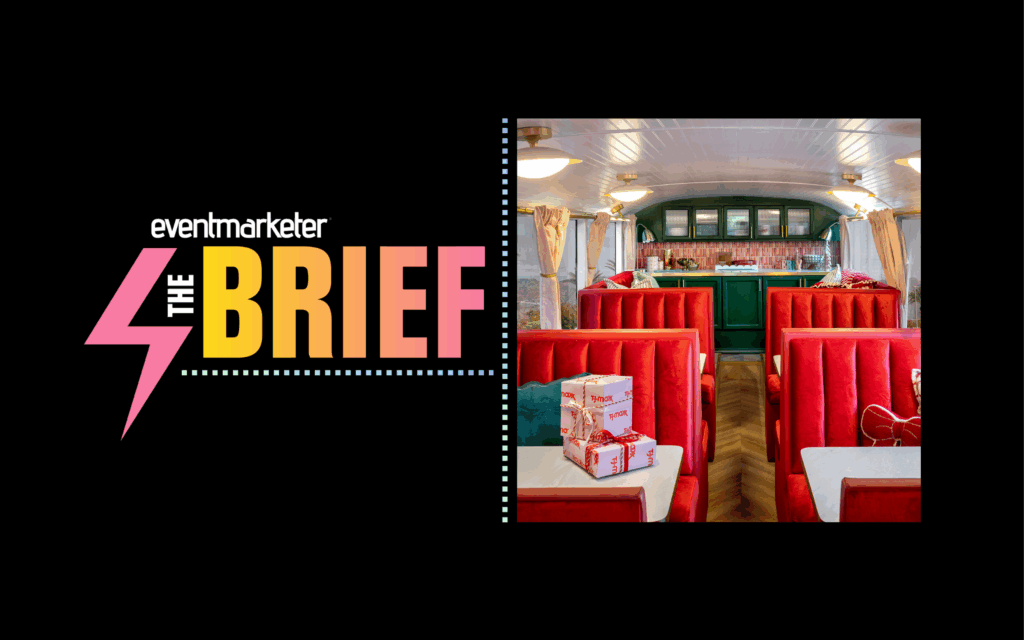Connect with your customers by showing them you care Companies with strong customer relationship management initiatives realize that relationships aren’t managed so much as they’re cultivated and grown. To gain sustainable loyalty, marketers must move beyond appeals to purely rational factors and add emotional value to their brand’s overall value proposition.
To be sure, this isn’t exactly the intimate and intense emotion one experiences in personal relationships. However, many of the key issues are similar to those required for a solid personal bond – trust, appreciation, security, approachability and genuineness. So in the same way that friendship grows stronger when one friend doesn’t disappoint the other, consumer confidence will grow naturally out of the consistent delivery of a brand promise.
In today’s increasingly competitive marketplace, this is of paramount importance. Companies hoping to stay successful need to develop and nurture emotional bonds instead of focusing solely on incentives and rewards. Simply put, brands need to win loyalty, not buy it.
UNTAPPED POTENTIAL Research sponsored by Hallmark Loyalty Marketing Group confirmed that customer retention is driven by how strongly people feel a company cares about them. In fact, “feeling cared for” was twice as important as any other factor in predicting loyalty. Yet many consumers feel neglected by their company of choice and, alarmingly, loyalty continues to erode.
The National Study of Customer Loyalty conducted by Harte-Hanks (1998) noted that consumers would like to be loyal but feel companies are not earning their dedication.
Why? Too many consumers see too many companies treating new customers better than long-term ones. For example: new magazine subscriptions offered at rates lower than renewals; credit card issuers trumpeting low introductory APRs but only for the first few months; and telecommunications providers extending incentives to those who switch services but nothing for those who are already signed up.
Aggressive acquisition methods like these have created an entitlement mentality, and that hinders loyalty.
At the same time, though, these tactics also created an environment where companies that do make emotional appeals stand out from the crowd. Some emotion marketing success stories often come from mass marketing efforts that make deft use of empathy and insight.
One of the best examples is the current MasterCard “Priceless” ad campaign, which extols the experiences and memories credit cards can foster rather than focusing on APR or other card features. A classic Michelin campaign – which depicts a baby floating in a tire and the tag line “Because so much is riding on your tires” – is another that pulls on the heartstrings rather than the wallet. It does so by creating an appeal to the needs for family safety and protection, a bottomless reservoir of emotion.
Direct marketing, which by its nature has more potential to be personal, typically lacks this emotional punch.
Much of direct mail is so similar that it has earned the negative moniker “junk mail.” Routine e-mail solicitations are rarely more than an extension of that. Telemarketing, meanwhile, is often viewed as annoying and intrusive.
GET RELEVANT Many companies overestimate the latest CRM technology, seeing it as the silver bullet for effective one-to-one marketing. But technology is simply an enabler to better communications.
The real impact comes not from communicating on the individual level (referencing the customer’s name and purchase history), but from communicating on the personal level (crafting relevant messages that demonstrate an understanding of who the customer is as a person).
None of this diminishes the importance of knowing purchase behavior and demographics, both of which are critical to enhancing service and cross-selling products. The drive toward a transaction, however, should never trump the need for a continuing relationship. Balancing the two helps companies meet short-term financial goals while fostering long-term loyalty.
Companies must also understand that developing durable relationships with customers is a process, not an event.
In 1997’s “Enterprise One to One,” consultants Don Peppers and Martha Rogers talk about the bond between enterprise and customer growing “smarter and smarter” with each exchange. What develops is a learning relationship, “defining in ever more detail the customer’s own individual needs and tastes, (ensuring) that it is always in the customer’s self-interest to remain with the firm that has developed the relationship to begin with.”
Peppers and Rogers do point out that an emotional attachment is not required, but it inevitably adds caring to convenience, improving the chances for loyalty.
So how does a company make successful emotional appeals?
They require a strategic packaging of targeted lists, compelling offers and strong creative solutions – that is, meaningful copy and eye-catching designs that dovetail nicely with each other and evoke a unique emotional response from each customer. Once the goal of a contact is established, several factors should be considered:
– Relevance: Is this something the recipient would expect to receive from the sender? Will it be welcome?
– Clarity: Is the purpose of the contact obvious? Is there a single, focused message? Are the expectations clear?
– Consistency: Does the piece reflect brand identity? Does the design match the tone?
– Mutual benefit: Does it offer value to the recipient as well as the sender?
– Creative concept: Is it engaging and memorable? Is the content compelling?
Make sure your campaigns don’t miss an opportunity to hit the right chord to connect consumer and brand.



